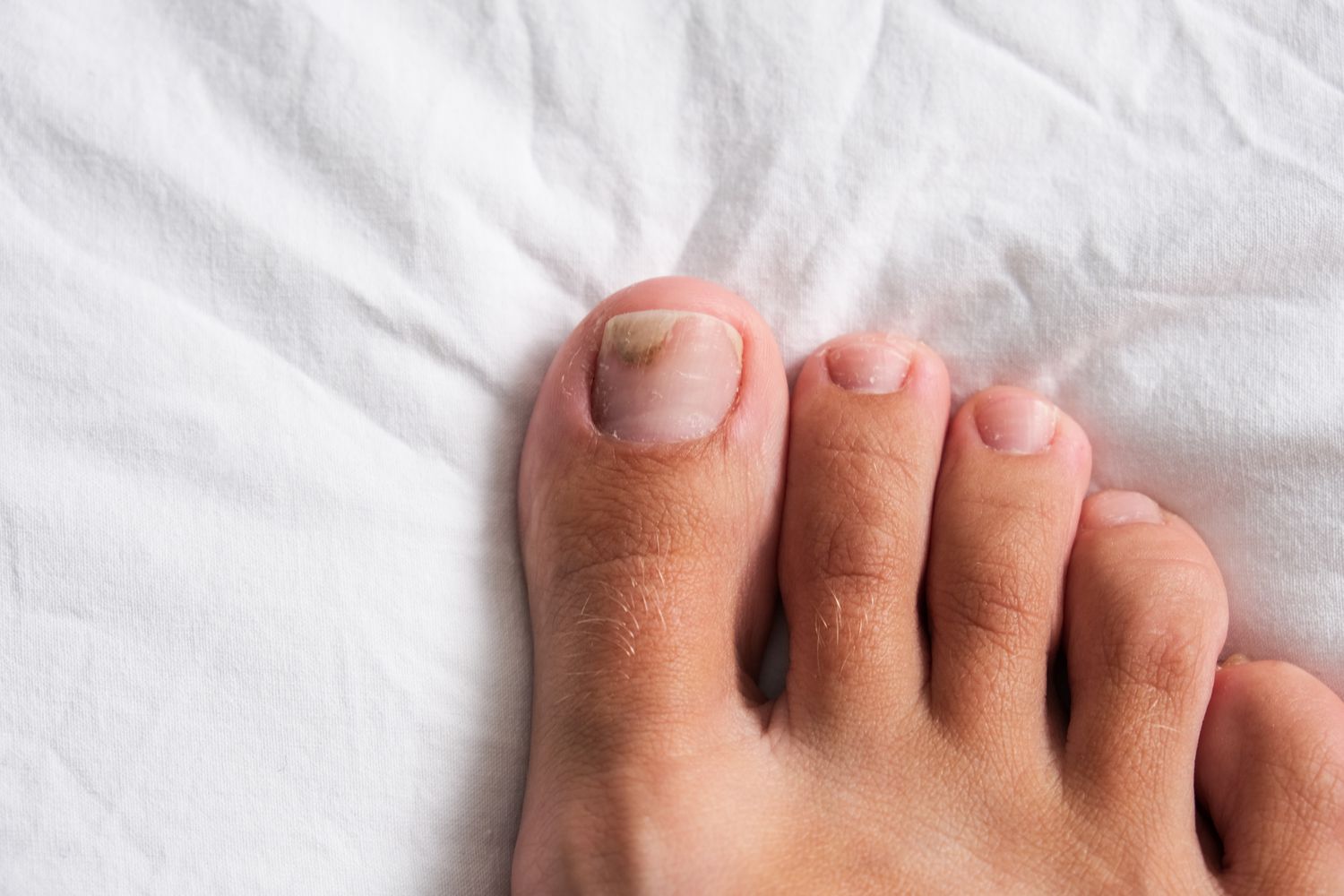
TOP HOMEOPATHIC TREATMENT FOR NAIL FUNGUS 2023!
Nail fungus, medically called onychomycosis, is a usual condition that influences both fingernails and nails. It is identified by discoloration, enlarging, and splitting up of the nail from the nail bed. While there are different therapies available, holistic medicine provides an all-natural technique to address the origin of the condition.
Elements contributing to nail fungus (onychomycosis) growth.
The key factors that cause nail fungus, known as onychomycosis, are a series of various fungal organisms. The most widespread cause is a certain type of fungus described as dermatophyte. Additionally, yeast mold and mildew have the potential to cause nail infections.
- Dermatophytes: These fungi, including types like Trichophyton, Epidermophyton, and Microsporum, are the most common offenders behind nail fungal infections.
- Yeasts: Candida albicans is a type of yeast that can create nail infections, particularly in individuals who have persistent diseases or are immunocompromised.
- Mold and mildews (Non-dermatophyte molds): These can likewise be accountable for nail fungal infections, particularly in exotic regions.
DANGER FACTORS:
Factors that improve nail fungus danger:
As we age, our bodies deal with a decrease in blood circulation and boosted exposure to fungi, which can result in fungal infections. Heavy sweat and a background of an athlete’s foot can likewise contribute to the advancement of fungal infections. Walking barefoot in damp common areas, such as swimming pools, health clubs, and shower rooms, can raise the threat of infection. Furthermore, minor skin or nail injuries, skin conditions like psoriasis, diabetes, blood circulation issues, and a weakened body immune system can all make us extra vulnerable to fungal infections.
Fungal Nail Infections: Clinical Treatments
There are numerous ways to treat nail fungus, consisting of over-the-counter and prescription topical creams and ointments, such as terbinafine (Lamisil) and ciclopirox. These medications are applied straight to the affected nails. Additionally, there are medicated nail glosses, like ciclopirox (Penlac), which are used to treat fungal infections. Oral antifungal medications, such as terbinafine (Lamisil) and itraconazole (Sporanox), are frequently recommended as they can get rid of the infection more quickly than topical treatments. These medications help a new nail expand devoid of infection, slowly replacing the contaminated part. Another alternative is a medicated nail lotion that can be massaged onto the infected nail after soaking it. In extreme cases, surgical treatment might be required, involving the removal of the nail to ensure that a brand-new one can expand in its area, incorporated with antifungal drugs. Laser and light-based therapies are newer therapies that reveal promise, however, even more studies are required. It’s necessary to speak with a skin doctor or foot doctor for a precise medical diagnosis and appropriate treatment, as nail fungus can be consistent and avoidance is crucial to avoid recurrence.
COMMON INGREDIENTS IN HOMEOPATHIC MEDICINES FOR NAIL FUNGUS:
- Calendula officinalis: Known for its recovery residential or commercial properties, it is typically used in homeopathic prep work to treat skin and nail problems.
- Silicea: This is used to deal with brittle nails and various other relevant problems.
- Thuja occidentalis: Commonly used for different skin conditions, consisting of growths and fungal infections.
MEDICAL PROFESSIONAL’S VIEWPOINT ON HOMEOPATHIC THERAPY FOR NAIL FUNGUS:
While many allopathic doctors might be unconvinced about the efficiency of natural therapies, there is a segment of the clinical area that recognizes the possible benefits of homeopathy. It s necessary to consult with a healthcare professional before starting any type of therapy.
H-NAIL FUNGUS FORMULA BY HEALING ALL-NATURAL OILS (AMOILS):.
Recovering All-natural Oils provides the H-Nail Fungi Formula, an FDA-listed all-natural option for nail fungus signs and symptoms. This formula is designed to take on the symptoms of nail fungus on both fingernails and nails. It incorporates well-known homeopathic ingredients with pure all-natural important oils. The crucial ingredients consist of:.
Active Ingredients: Calendula officinalis 12C, Silicea 12C, Thuja occidentalis 12C.
Inactive Ingredients: Corylus avellana nut oil, Necessary Oil Blend (Cymbopogam flexuous whole plant, Cymbopogon martini aerial components, Lavandula officinalis blossom bud, Melaleuca alternifolia leaf-branch, Pelargonium graveolens entire plant, Thymus vulgaris stems & leaves).
These ingredients line up with the frequently used natural ingredients mentioned previously.
ARE FINGER NAIL FUNGI AND TOENAIL FUNGI BROUGHT ON BY THE SAME THING AND IS THE TREATMENT APPROACH SIMILAR?
Yes, nail fungus (onychomycosis) of both the fingernails and toenails can be caused by the same types of fungi. One of the most common wrongdoers is dermatophytes, but yeasts and molds can additionally be responsible. Nevertheless, toenail fungal infections are much more typical than fingernail infections. This is because nails often are constrained in a dark, cozy, damp atmosphere inside your footwear where fungus can flourish. In addition, toes typically have much less blood circulation than fingers, making it harder for the body’s body immune system to discover and stop the infection.
SIMILARITIES IN CAUSES:
Dermatophytes: These fungi, consisting of species like Trichophyton, Epidermophyton, and Microsporum, can infect both fingernails and nails.
Yeasts: Yeast, as an example, can infect both types of nails yet is extra commonly associated with fingernail infections, specifically in people who regularly submerge their hands in water.
Molds (Non-dermatophyte mold and mildews): These can infect both fingernails and toenails, particularly in tropical areas.
TREATMENT:.
The therapy techniques for fungal infections in fingernails and toenails can be comparable, however, there are some differences:
- Topical treatments: Both fingernail and toenail fungal infections can be treated with antifungal lotions and medicated nail gloss. However, these are often much more effective for fingernail infections because the nails are thinner and allow much better infiltration of the drug.
- Dental antifungal medications: These are effective for both kinds of nail infections. They could be recommended for much more severe situations or when topical treatments fail.
- Laser and light-based therapies: These can be used for both fingernail and nail fungal infections.
- Surgical treatment: In extreme instances, the infected nail could be eliminated. This method can be used for both fingernails and toenails.
While the therapies can be similar, toenail infections tend to be more persistent and might call for a much longer treatment period than fingernail infections. It’s essential to talk to a skin doctor or podiatric doctor for an exact medical diagnosis and appropriate therapy.
CONCLUSION:.
Natural therapies for nail fungus provide an all-natural choice to standard therapies. The H-Nail Fungi Formula by Recovery Natural Oils is a testament to the possible performance of such treatments. Nonetheless, similar to any kind of medical problem, it’s crucial to talk to a healthcare expert before starting any type of treatment.
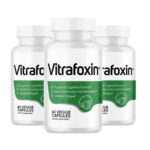



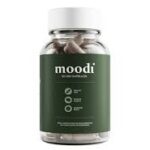







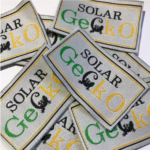
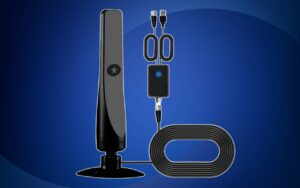
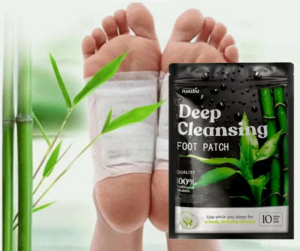
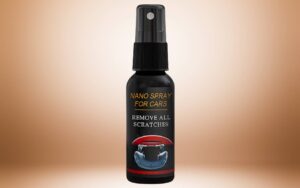



Average Rating